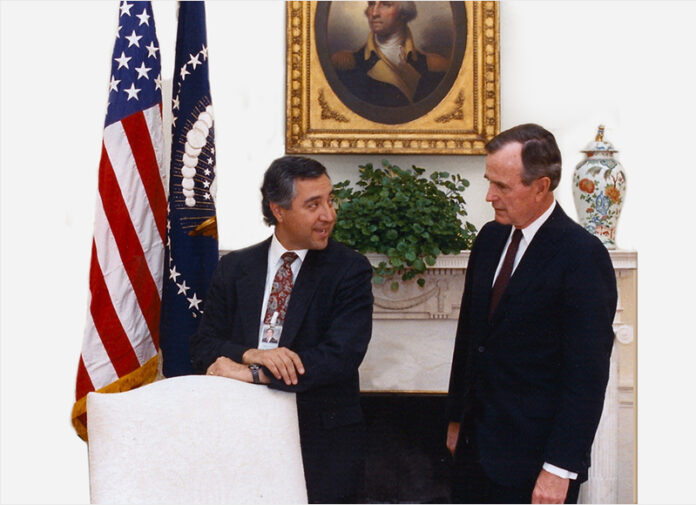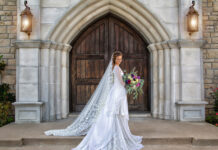by Bill Hedrick
It has been said that Abraham Lincoln was the first U.S. President to fully recognize the impact of photography on the Presidency. On February 27, 1860, he posed for the first of several portraits by noted Civil War-era photographer, Mathew Brady. Days later, the photograph was published on the cover of Harper’s Bazzar with the caption, “Hon. Abram (sic) Lincoln, of Illinois, Republican Candidate for President.”
Those early daguerreotypes showed an unusually beardless Lincoln just moments before he delivered an address at Cooper Union that same day. The address, in which he articulated his reasons for opposing slavery in the new territories, received wild applause and garnered strong support for his candidacy. A year after his election, Lincoln shook Brady’s hand and proclaimed that Mr. Brady and the Cooper Institute “made me President.”
In December of 1983, David Valdez got the opportunity of a lifetime to be the official White House Photographer for President George H.W. Bush. I recently was introduced to David Valdez by my friend, Randy Kerr. David’s story of his amazing adventure is told in his own words.
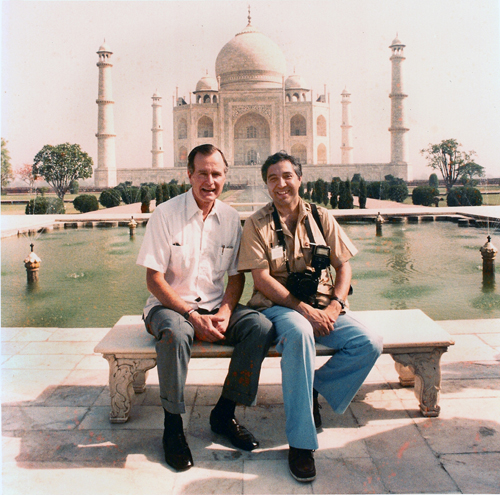
The first question I usually get is how did you get the job as the personal photographer for the President of the United States? It goes back many years to when I graduated from Highland High School in Albuquerque, New Mexico. A few days after graduation I received a wonderful letter of invitation to join the military from President Richard Nixon. The draft changed my life. I went into the United States Air Force and was stationed at McDill AFB in Tampa, Florida. There I became a “still” photographer. I photographed generals and dignitaries, portraits, award ceremonies, parades, car accidents, plane crashes and autopsies. While I was in the Air Force, I attended night school at the University of Tampa and got two years of college under my belt. Four years later when I got out of the military I moved to Washington D.C.
Once in Washington I worked briefly at the Dunlop Studios in DC then moved over to the United States Department of Agriculture. I was a black and white photo technician. However, I spent a lot of time in the studio taking portraits. One day someone in personnel told me there was a photographer position at the United States Department of Housing and Urban Development (HUD). I applied and was hired. While there I traveled the United States, photographing mostly inner cities, areas such as Watts and Harlem, as well as new communities and Indian Reservations. At that time, the Federal Emergency Management Administration (FEMA) was a part of HUD so I photographed disasters all over the country. I also covered hearings on Capitol Hill and events at the White House. All the while I continued to go to night school at the University of Maryland where I finished my degree in journalism in 1978.
I left HUD in 1982 to be the Chief Photographer for the United States Chamber of Commerce. There I traveled all over the United States photographing CEO’s, senate hearings, etc. In December 1983, I was on an assignment to photograph Barbara Bush who at the time was the wife of the Vice President of the United States George H.W. Bush. One of the press photographers, Scott Applewhite, told me Vice President Bush’s photographer was leaving so I thought I would apply. I did some research and found out the Vice President’s photographer reported to the Vice President’s Press Secretary Shirley Green. I wrote her a letter and because I am a Texan with a track record of photographing high profile people I was called in for an interview. I made it through that interview then was called back again to interview with the Chief of Staff Admiral Murphy. He beat me up testing my personality. But I passed, then did an interview with the Vice President who was warm and gracious from the beginning. During the time I worked for Vice President and President Bush, we traveled to 75 countries and all 50 states.
In those days I used Nikon film cameras and a Vivitar 283 flash. The White House Communications Agency processed and printed my film. On my first time to Vice President Bush’s home in Kennebunkport, Maine, he wanted to show me around his property. We made our way to the dock and he told me that when he was a kid he used to swim there and that he and I should do that. I had my usual 3 Nikons with me and wasn’t interested in jumping into the Atlantic Ocean. He insisted so we walked back to the house, put on swim suits and walked back to the dock. He said on the count of 3 we would jump. “One, Two, Three,” I jumped and he walked back to the house. We had a lot of fun working together but there were also many serious times including the Space Shuttle Challenger tragedy and traveling to multiple funerals in the Soviet Union.
In 1987 when he was still Vice President but President Elect he was in the process of transitioning from VP to President when he offered me the job to be the President’s Photographer. During the Bush administration the Soviet Union collapsed, the United States removed Panama leader Manuel Noriego from office, Iraq invaded Kuwait, and Desert Storm was launched.
During all of this time my job as a photographer was to document the daily activities of the President. I would get three schedules, a monthly loose schedule, a weekly schedule that was tighter and a daily schedule which was a minute time line of what the President would do every day. My team and I photographed every event detailed on the schedule. We were photographing with film at the time. Each roll of film would be dropped into a film envelope with a caption usually taken from the schedule. That information would be put into a data base that to this day the United States Archives at the George H. W. Bush Presidential Library in College Station, Texas, uses when a researcher is looking for an image.
We would meet world leaders either in their country or at the White House, Camp David or Kennebunkport, Maine. Soviet Leader Mikhail Gorbachev and President Bush were meeting at Camp David on one occasion when the leaders took a break. President Gorbachev went for a walk so I went with him and his interpreter. They came upon the horse shoe pit and were discussing what it was. I showed President Gorbachev how to throw a horseshoe. He threw the first shoe, got a ringer and left the pit with the horse shoe. A few months later when I did my first interview on the Today Show they introduced me as the man who taught Gorbachev how to play horse shoes.
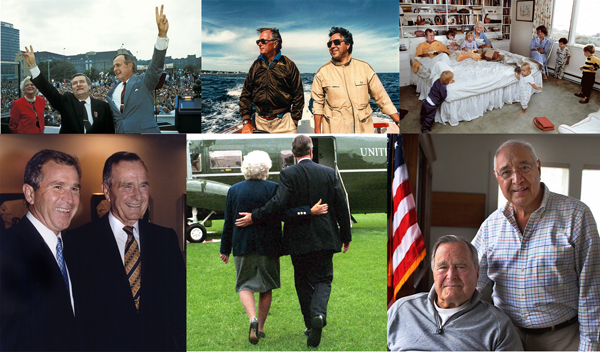
There are so many stories it is hard to even begin to tell them here. Having worked for both Vice President Bush and later when he was President I was able to see history unfold right before my eyes. We traveled to communist Poland and met with shipyard worker and Solidarity Leader Lech Walesa. He said, “Some day Poland will be free and you, George Bush, will be President of the United States.” Well, communism fell and Poland became free. Lech Walesa was elected President of Poland and newly elected President George H.W. Bush visited with President Lech Walesa in a free Poland.
I will never forget when Queen Elizabeth came to the United States. The President took her to a Baltimore Orioles baseball game. Of course I took a lot of photos. A few weeks later I mailed a collection of photos to the Queen. A few months later we visited the Queen in Buckingham Palace. Naturally I went running into the Palace to take some photos of the President and the Queen together. I did that and was then tapped on the shoulder and invited outside. I left but then a short time later some Bobbies came looking for me to tell me I had been invited to Buckingham Palace. I told them I had already been there but they insisted. I went across the street and was greeting by one of The Queen’s Guards who leaned over and said, “Mr. Valdez.” I answered yes and he said, “Welcome to Buckingham Palace.” I went in and was greeted by one of the Queen’s aides who wanted to thank me for the photos I had sent, then proceeded to give me a tour of the Palace. What is a guy from South Texas doing here? Funny but every once in a while, as we were about to meet a world leader the President would tap me with his elbow and say, “Can you believe we two guys from Texas being here?” I often thought that myself.
Another time, just before the beginning of the first Gulf War, I found myself alone in the Oval Office with two other White House staff people and we decided since we had a moment alone we would take the time to pray for the President, the Military and the People of Kuwait. That is why I sometimes feel that this guy from South Texas was working at the White House.
In the history of the United States there have only been 10 people who have been the personal photographer to the President of the United States. I am number 5 of the group. Yoichi Okamoto was the first Presidential Photographer with President Lyndon Johnson. Ollie Atkins was with President Richard Nixon, David Hume Kennerly with President Gerald Ford, Michael Evans was with President Ronald Reagan, I was with President George H. W. Bush, Bob McNeely and Sharon Farmer were with President Bill Clinton, Eric Draper was with President George W. Bush, Pete Souza was with President Barack Obama and Shealah Craighead is with President Donald Trump. Each Presidential photographer had a different relationship with the President they covered and each had support staff photographers, editors and lab technicians. All of the work from the Presidential Photographers gets housed in the respective Presidential Libraries.
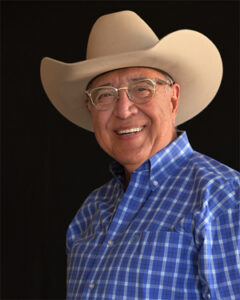 Since his White House days, David Valdez was appointed General Manager of Photography for Walt Disney Attractions in 1993. In 2001, he became special assistant to the HUD assistant secretary and, from 2003 to 2010 was HUD’s Director of Visual and Electronic Information. Today, he is busy doing public speaking engagements at major universities, Presidential Libraries, museums, civic and political groups, and much more. He is also the Host of the Georgetown, Texas Photography Festival based in Georgetown, Texas. In 2020, a selection of David’s photos were sent into outer space on a New Shepard Mission NS-13 flight. That same year, David Valdez donated his archive to the Dolph Briscoe Center for American History, an organized research unit and public service component of The University of Texas at Austin. You can also see David’s work at the George H.W. Bush Presidential Library at Texas A&M University in College Station, Texas.
Since his White House days, David Valdez was appointed General Manager of Photography for Walt Disney Attractions in 1993. In 2001, he became special assistant to the HUD assistant secretary and, from 2003 to 2010 was HUD’s Director of Visual and Electronic Information. Today, he is busy doing public speaking engagements at major universities, Presidential Libraries, museums, civic and political groups, and much more. He is also the Host of the Georgetown, Texas Photography Festival based in Georgetown, Texas. In 2020, a selection of David’s photos were sent into outer space on a New Shepard Mission NS-13 flight. That same year, David Valdez donated his archive to the Dolph Briscoe Center for American History, an organized research unit and public service component of The University of Texas at Austin. You can also see David’s work at the George H.W. Bush Presidential Library at Texas A&M University in College Station, Texas.



